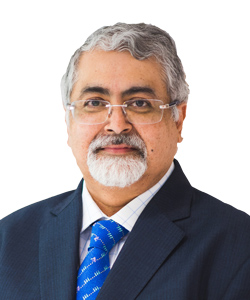The Supreme Court of India on 25 January 2019 dismissed a challenge to the constitutional validity of the Insolvency and Bankruptcy Code, 2016, and has observed that the economic experiment conducted by means of the enactment of the code is proving to be largely successful going by the large numbers of cases resolved by following the prescribed insolvency resolution process. Below are some key observations by the Supreme Court.

Executive chairman
Shardul Amarchand Mangaldas
Objective of the code. The Supreme Court has put to rest the deliberation on the true objective of the code and has observed that its primary focus is the revival and continuation of operations of the corporate debtor, and not merely recovery for the creditors.
Differentiation between the financial and operational creditors. Under the code, financial creditors are mainly banks and financial institutions that disburse credit against the consideration for the time value of money. Operational debts, on the other hand, are debts in respect of the provision of goods and services to the corporate debtor. While financial creditors have a place on the committee of creditors (CoC) of a corporate debtor – which is in charge of taking significant decisions in relation to the conduct of the insolvency resolution process of the corporate debtor – operational creditors do not.
You must be a
subscribersubscribersubscribersubscriber
to read this content, please
subscribesubscribesubscribesubscribe
today.
For group subscribers, please click here to access.
Interested in group subscription? Please contact us.
你需要登录去解锁本文内容。欢迎注册账号。如果想阅读月刊所有文章,欢迎成为我们的订阅会员成为我们的订阅会员。
Shardul S Shroff is executive chairman and head of insolvency and bankruptcy practice, and Misha is a partner in that practice at Shardul Amarchand Mangaldas
Shardul Amarchand Mangaldas & Co
Amarchand Towers, 216 Okhla Industrial Estate
Phase III, New Delhi, 110020, India
www.amsshardul.com
Contact details:
Tel: +91 99586 96900
Email: shardul.shroff@AMSShardul.com
Email: misha@AMSShardul.com




























